|
When I was a kid, I didn't realize the Tasmanian devil was a real animal. I thought it was just that crazy, snarling, slobbering Looney Tunes cartoon character. I still like Taz, but it turns out there is a real Tasmanian devil, and the two don't look much like each other. What the heck is a Tasmanian Devil? First of all, Tasmanian devils are carnivorous marsupial mammals. Marsupials are characterized by giving birth to very underdeveloped young (often smaller than a jelly bean). The young then move into a pouch on the female's body, attach themselves to a nipple, and go through most of their development in the pouch instead of inside the mother's body. Placental mammals (including humans), on the other hand, go through extensive development inside the mother's body before being born, and they get nutrients from the mother's blood through a placenta. Tasmanian devils are now the largest carnivorous marsupials. They've only held this title since 1936, which is when the thylacine (the Tasmanian tiger) became extinct. Tasmanian devils are about the size of a small dog, with an average weight of 18 pounds (8 kg) for males and 13 pounds (6 kg) for females. Devils are found mainly on the Australian island state of Tasmania, although a small population has been reintroduced to mainland Australia, where devils have been extinct for hundreds of years. Early European settlers gave this animal the name devil after seeing the creature display some of its rather bizarre behaviors when feeding and defending its food, including baring its teeth, lunging at anything that gets near, and emitting frightening screeches and growls. As you can probably guess, these behaviors are also what inspired the crazy Looney Tunes character. Amazing Facts about Tasmanian Devils First, let's consider this animal's reputation for being insanely aggressive. Is this reputation deserved? Yes and no. Yes, they fiercely defend themselves when attacked, but so do many other animals. They open their mouths wide, baring their teeth, but this is usually just a threatening gesture. Devils are typically solitary, but the smell of a dead animal carcass will bring them together to feed. One of the rituals of this type of feeding is that they aggressively jockey for a good feeding position on the carcass. It's important to point out that many of their aggressive feeding behaviors do not actually involve physical harm. Studies have found that they use twenty different aggressive postures and eleven different aggressive sounds to intimidate each other without actually fighting. Their famous open-mouth yawn is an example of an aggressive gesture. Sometimes they stand on their hind legs and "spar," shoving each other with their front paws and their snouts. That being said, the posturing and sparring doesn't always work, and devils do resort to vicious fighting. Scars from these fights are commonly seen on their faces and rumps, particularly in the males, who also fight during the breeding season. Check out this video on the devil's aggressive behavior. Tasmanian devils can bite really hard. Due to the arrangement of skull bones and jaw muscles, devils have a bone-crushing bite. In fact, they have one of the strongest bites (per unit of body mass) of any mammal. Their heads and necks are proportionally large compared to their body size. These strong jaws allow them to eat the entire bodies of their prey (and carrion), including the bones. In fact, devils have teeth that are adapted to feeding on bones. They have the same number of teeth as dogs, but unlike dogs their teeth grow continuously throughout their lives, which is important if you are constantly chewing on things as hard as bones. Speaking of eating, Tasmanian devils are predators, but they are also opportunistic, and they actually feed on carrion (which they find with a keen sense of smell) more often than they feed on animals they kill. When hunting, one of the devils' favorite prey is the wombat, which is relatively easy to kill. They also hunt small wallabies and other smallish marsupials, as well as birds, reptiles, frogs, fish, and domestic farm animals. They will eat just about any dead animal they find, including fish washed ashore and roadkill. They have even been known to dig up dead animals that people have buried. They were seen excavating a horse that had died of disease and had been buried. When Tasmanian devils find or kill a meal, they really take advantage of the available food. They gorge themselves, sometimes eating as much as 40% of their body weight in one day! When food is abundant, they are able to store fat in their tail. In fact, a good sign of a healthy devil is a nice, plump tail. Um, this may seem a bit disturbing, but Tasmanian devils have a habit of falling asleep inside the carcasses of large carrion animals. This allows them to defend the carcass from other scavengers, and it's also a matter of convenience—they can start eating again immediately after waking up. Tasmanian devils are athletic. They are excellent tree climbers and swimmers, as well as long-distance runners. A devil can maintain a pace of 15 miles per hour (24 km/hr) for an hour straight. When it comes to mating season, you probably won't be surprised that male devils fight aggressively over females (I guess fighting is just a way of life for these pugnacious critters). The females then mate with the winning males. Sometimes the pair will mate off and on for up to eight days, and the male sticks around to guard the female, preventing other males from mating with her. Females give birth standing up, which is not a problem, considering each baby isn't much bigger than a grain of rice (remember, that's how marsupials do things... the babies develop outside the body instead of inside). Here's where things get a little weird. The female gives birth to 20 to 30 tiny young, and the babies have to race to the pouch. Why? There are only FOUR nipples in the pouch. That means most of the young will not survive, so getting to one of the four nipples quickly is literally a matter of life and death. The surviving young develop inside the pouch for about three months. After the mother kicks them out, they continue living in the underground den for another three months before going out on their own. Baby devils are called joeys, pups, or imps. So, the Tasmanian Devil deserves a place in the S.A.H.O.F. (Slick Animal Hall of Fame). FUN FACT: The word slick has a long and diverse history, with numerous meanings. It may have originated in about 900 A.D. from the Norwegian word slikja, which was a verb meaning "to make something smooth," like making a rough piece of wood smooth. Starting in the 1620s, the word slick was used as a noun for a type of cosmetic. Then starting in 1849 it was used as a noun for a smooth surface of the water caused by spilled oil (an oil slick). Of course, here we are using it as an adjective. Starting in the 1590s, it was used as an adjective to describe someone who is "clever in deception." Finally, in 1833, it became a slang adjective meaning "wonderful, first-rate, excellent." Example: "The new Rampage Ridge is one slick thriller." So, slick is another way to say awesome! Photo Credits:
- Looney Tunes Tasmanian Devil - Wikimedia Commons - Tasmanian devil 3D rendering on white background - DepositPhotos - Tasmanian devil with its mouth open - DepositPhotos - Two Tasmanian devils fighting - DepositPhotos - Tasmanian devil, fat and lounging on the ground - DepositPhotos - Tasmanian devil running, on white background - DepositPhotos - Two baby Tasmanian devils handled by zoo employee - DepositPhotos
0 Comments
Leave a Reply. |
Stan's Cogitations
Everyone needs a creative outlet. That's why I write. Archives
July 2024
|

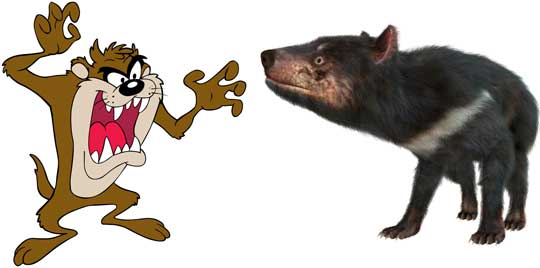
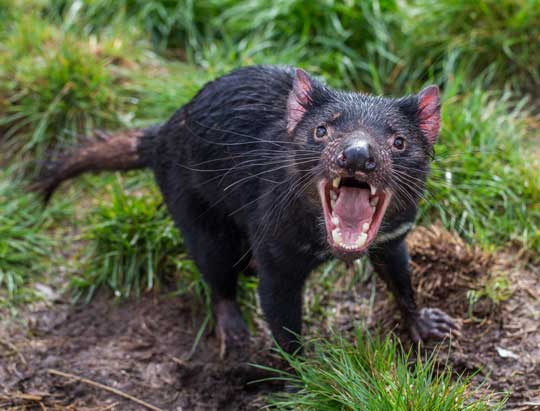
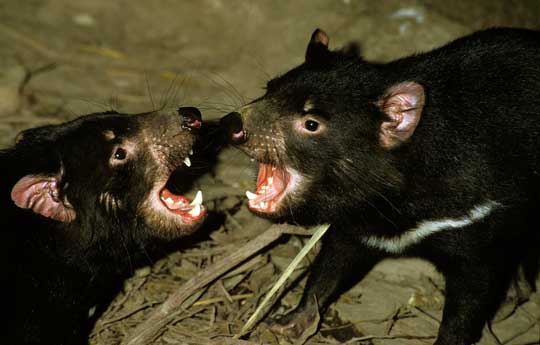
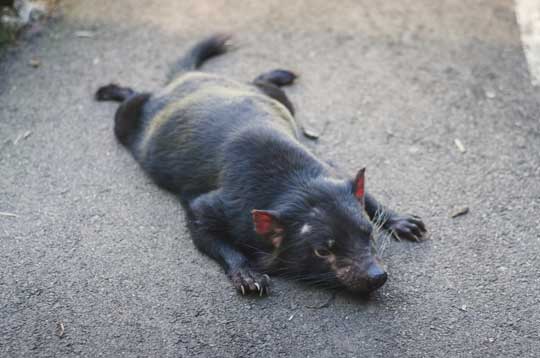
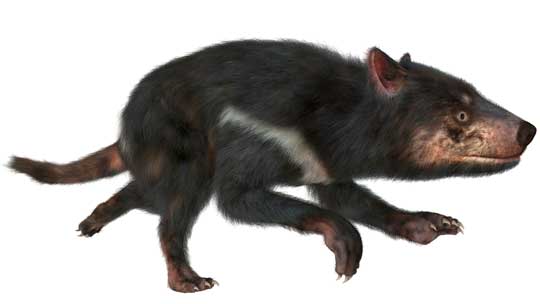
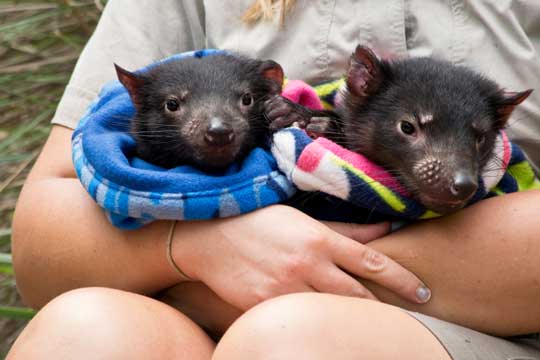
 RSS Feed
RSS Feed